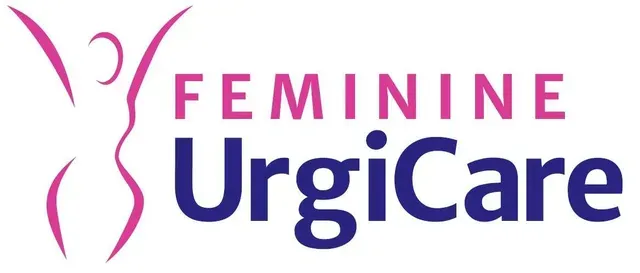
Maximizing Productivity with Operational Efficiency Tools
In today’s fast-paced business environment, operational efficiency tools have become essential for organizations looking to streamline their processes and improve productivity. These tools not only help in automating tasks but also provide valuable insights and analytics that can inform decision-making. Whether you are a small startup or a large enterprise, investing in the right operational efficiency tools can lead to significant returns. For inspiration, you might visit operational efficiency tools soft2bet-casino.net, where operational excellence is showcased in a unique context.
Understanding Operational Efficiency Tools
Operational efficiency tools encompass a wide range of software applications and methodologies designed to enhance productivity, reduce waste, and improve processes. These tools can range from project management applications and workflow automation software to performance measurement and analytics tools. The goal is to achieve more with less, maximizing resource utilization while minimizing costs and inefficiencies.
For instance, a company could implement a project management tool to track deadlines and resource allocation, ensuring that every team member is on the same page and working towards common objectives. This not only helps in meeting deadlines but also encourages team collaboration.
The Importance of Operational Efficiency
Operational efficiency is crucial for any organization aiming to remain competitive. In a landscape where businesses are constantly vying for customer attention and loyalty, being able to deliver products and services more quickly and cost-effectively can make all the difference. Improved operational efficiency can lead to better customer satisfaction, increased profitability, and enhanced employee morale.
By identifying and eliminating bottlenecks in workflows, companies can not only save time but also reduce operational risks. For example, by utilizing data analytics, management can identify areas that are underperforming and make informed decisions regarding where to invest resources for maximum impact.
Popular Operational Efficiency Tools
1. Project Management Software
Tools like Trello, Asana, and Monday.com allow teams to manage projects, assign tasks, and track progress in real-time. These platforms enhance communication within teams by providing a centralized system where everyone can access current project statuses and deadlines. By visualizing tasks, teams can collaborate more effectively and remain aligned on project goals.
2. Workflow Automation Tools
Workflow automation tools such as Zapier and Microsoft Power Automate enable organizations to automate repetitive tasks, reducing the risk of human error and freeing up employees to focus on more strategic work. By connecting different applications through automated workflows, these tools enhance speed and efficiency. For example, you could automate the process of sending follow-up emails after a lead fills out a contact form.
3. Performance Management Solutions
Implementing performance management tools like OKR software helps organizations align their objectives with measurable outcomes. This methodology encourages teams and individuals to work towards shared goals, ensuring that every effort contributes to the overall success of the organization. Regular performance reviews using these tools can identify top performers and areas needing improvement.
4. Data Analytics and Business Intelligence Tools

Solutions like Tableau and Microsoft Power BI provide organizations with the capability to analyze data and extract insights that can drive decision-making. By leveraging data analytics, companies can identify market trends, understand customer behaviors, and optimize operations. Real-time dashboards can offer a snapshot of key performance indicators (KPIs), supporting a data-driven culture within the organization.
Key Benefits of Operational Efficiency Tools
Increased Productivity
By automating mundane tasks and creating clear project guidelines, operational efficiency tools help employees focus on higher-value activities. As a result, overall productivity increases and teams can accomplish more within the same time frame.
Cost Reduction
Identifying and eliminating inefficiencies leads to lower operational costs. Streamlined processes reduce resource waste, while effective project management optimizes the use of manpower and materials.
Enhanced Collaboration
These tools create a collaborative environment where information is shared freely, and team members are encouraged to communicate regularly. A streamlined communication process results in faster problem-solving and a more cohesive team dynamic.
Improved Customer Satisfaction
The ultimate goal of enhancing operational efficiency is to serve customers better. By delivering products and services more efficiently, businesses can meet customer expectations, leading to higher satisfaction and loyalty.
Challenges in Implementing Operational Efficiency Tools
Despite the advantages, there are several challenges organizations may face when implementing operational efficiency tools. These can include employee resistance to change, budget constraints, and the need for training personnel to use new technologies effectively.
Moreover, companies may require an initial investment of time and resources to assess their current processes and determine which tools align best with their specific needs. Setting clear objectives and communicating the benefits of these tools can mitigate resistance and encourage adoption.
Conclusion
Operational efficiency tools are indispensable for companies seeking to thrive in a competitive landscape. They not only enhance productivity and reduce costs but also foster better collaboration and decision-making. By understanding the various tools available and strategically implementing them, organizations can position themselves for sustainable growth and success.
As businesses continue to evolve, the importance of operational efficiency will only increase. Investing in the right technology and methodologies today will yield significant benefits as companies prepare for the challenges of tomorrow.
